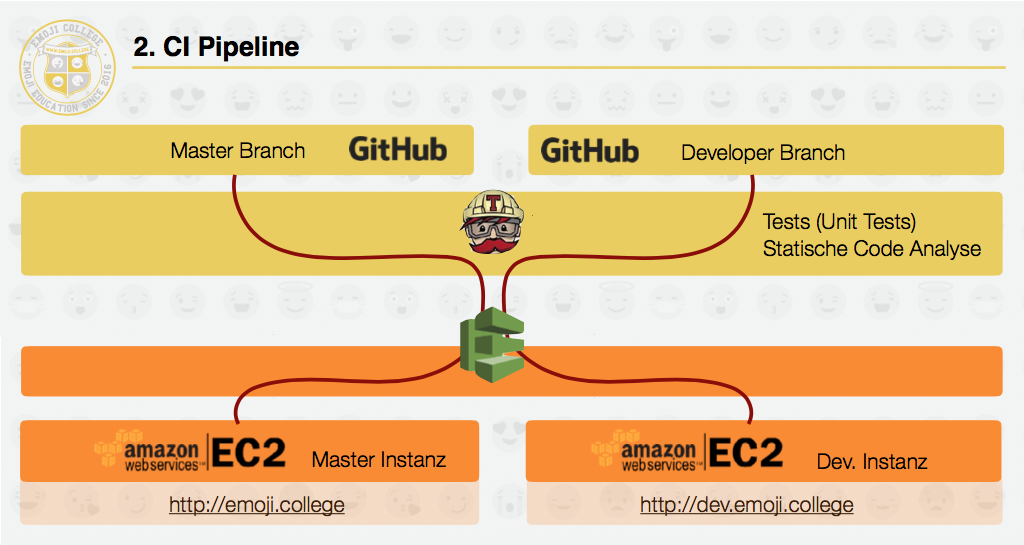Tag: Jenkins
Continuous Integration – Move fast and don’t break things
Continuous Integration is an increasingly popular topic in modern software development. Across many industries the companies acknowledging the importance of IT and delivering value to their customers through great software prevail against their competitors. Many reports indicate that Continuous Integration is one of the major contributing factors to developing high quality software with remarkable efficiency.…
Automated Unit- and GUI-Testing for Android in Jenkins
Related articles: ►Take Me Home – Project Overview ►CI/CD infrastructure: Choosing and setting up a server with Jenkins as Docker image ►Android SDK and emulator in Docker for testing ►Testing a MongoDB with NodeJS, Mocha and Mongoose In this article we would like to describe, how to write unit- and gui-tests for an Android-Application in Android Studio…
CI/CD infrastructure: Choosing and setting up a server with Jenkins as Docker image
Related articles: ►Take Me Home – Project Overview ►Android SDK and emulator in Docker for testing ►Automated Unit- and GUI-Testing for Android in Jenkins ►Testing a MongoDB with NodeJS, Mocha and Mongoose This article will run you through the motivation for a continuous integration and delivery, choosing a corresponding tool and a server to run it…
Building an HdM Alexa Skill – Part 4
We present our own HdM Alexa Skill and share the experience we gained throughout this project. This time: Automating tests and deployment with Continuous Integration via Jenkins.
Choosing the correct build system for your game project
In this blog entry we take a look at Travis CI, Jenkins, Gitlab CI and Buildbot and evaluate their benefits and downsides when trying to build a content heavy project with it (e.g. games).
Microservices – Legolizing Software Development IV
An automated development environment will save you. We explain how we set up Jenkins, Docker and Git to work seamlessly together.

Continuous Integration with Travis CI and Amazon Webservices
Introduction In the the course Software Engineering and Management and Interactive Media at Stuttgart Media University, we launched an interactive web application called Emoji College. www.emoji.college The following blog entry is a brief description of what is going on in this project. The main focus relies on the implementation of a continuous integration pipeline with…

Building a HdM Alexa Skill – Part 1
We present our own HdM Alexa Skill and share the experience we gained throughout this project.
